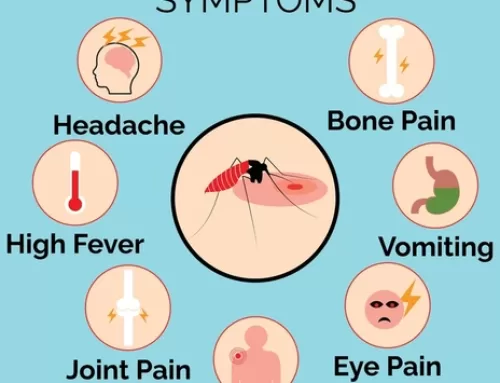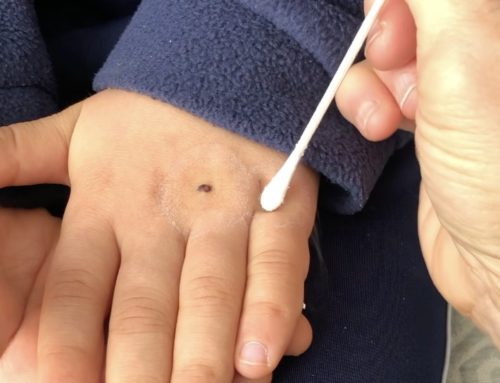Is your child slouching?
This habit develops secondary to developing breasts, as well as using a phone, driving, and sitting at a desk for long periods without stretching.
Having a curve in the upper back used to be a red flag for a number of diseases. Now it is so common place that I regularly go through posture exercises in my office. Muscle memory allows you to change your posture through mind and body focus. Simply enlist some of the following steps in your daily routine:
- Recognize that you probably do slouch.
- Start embracing the idea that you must replace the bad habit of slouching with the better habit of good posture.
- Check yourself at work. Try sitting on the front edge of your chair, if you don’t sit up tall, you will feel unstable. The body doesn’t like that.
- Take every opportunity to lift up your chest.
- Take a few minutes every hour to roll your shoulders back and squeeze your shoulder blades together. Finish with pulling them down. I recommend using a doorway and stretching your arms behind you as you lean forward.
- Raise your chin up, tilt your head back and look straight up to the ceiling to stretch the muscles in the front of your neck.
- Stretch your chest by clasping your hands together behind your back. Try NOT to lean forward.
- When walking or running, check your posture first. If you begin leaning forward, it is probably due to muscle fatigue (because of insufficient oxygen OR excess carbon dioxide levels – given the electrolyte and hydration are adequate) slow down the pace, regroup and continue.
- Ask a physical trainer for weight exercises such as lat pull downs to balance your muscle groups.
- Consider sports massage to loosen tight muscles such as the pectorals and those adjacent to it.
Outside of slouching in adolescent – let your pediatrician know if your child:
- Has an unusual curve in his/her neck
- Has trouble looking up or turning his or her head
- Has neck pain, tingling, loss of feeling, or weakness
- Is unable to move their arms or legs
- Has trouble peeing or pooping
- Has accidents because they can’t control when they pee or poop (called incontinence)
More resources:
5 Reasons Good Posture is Great for Your Health




